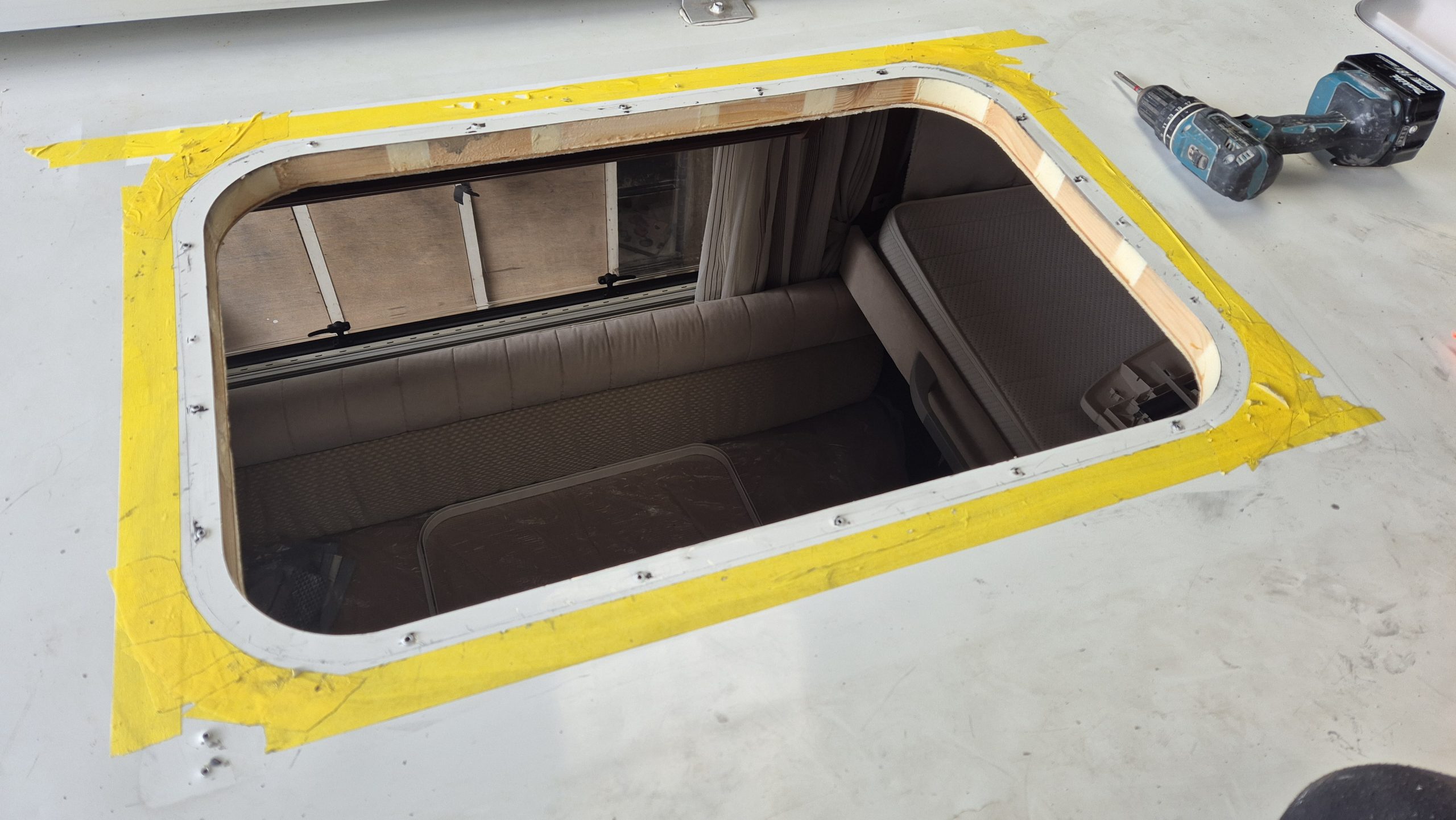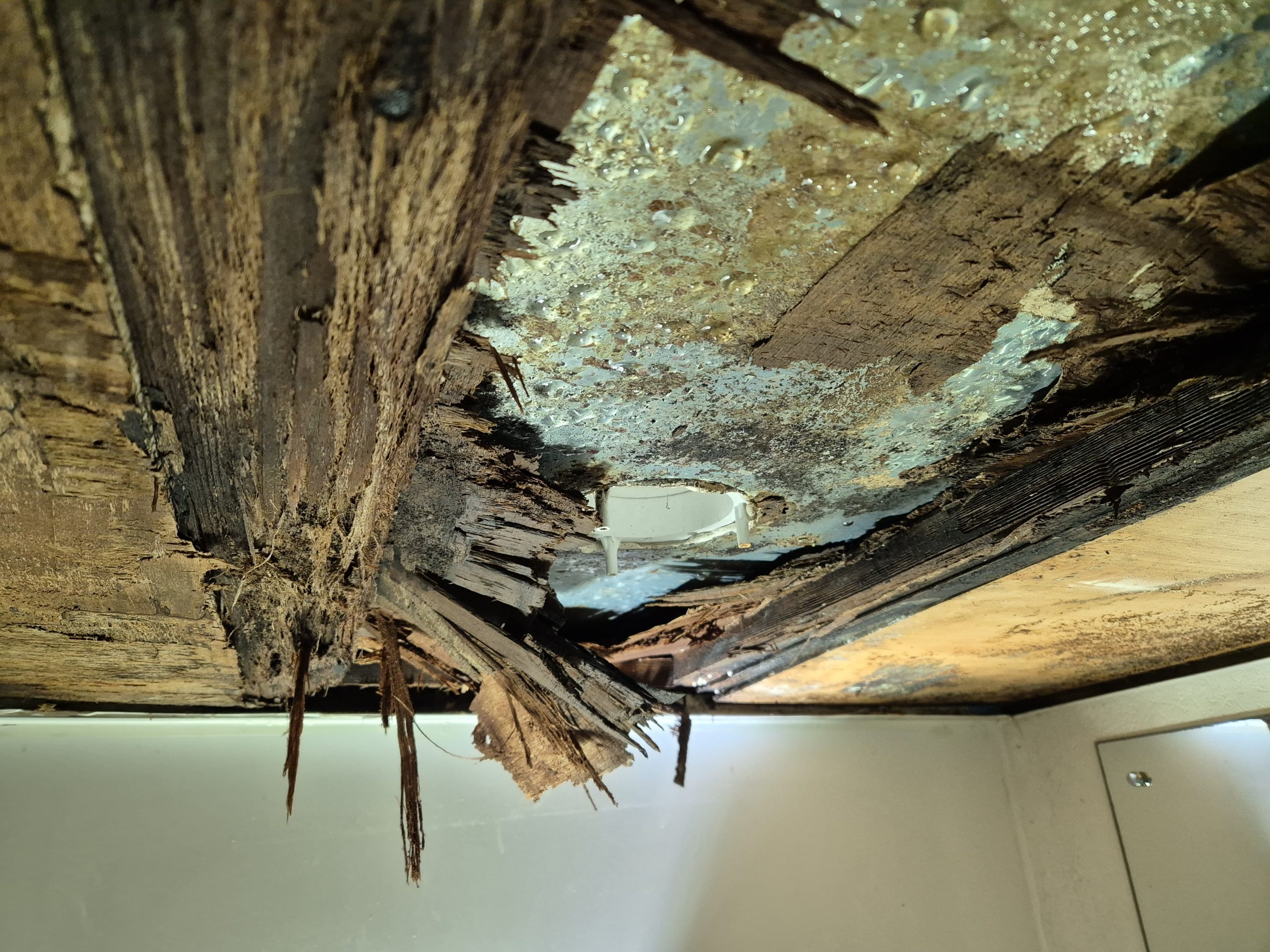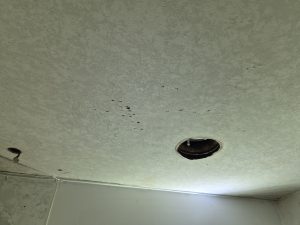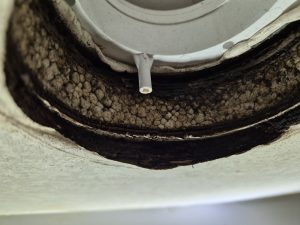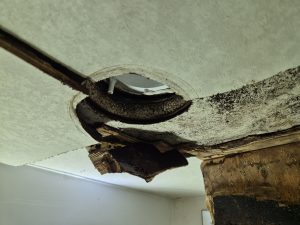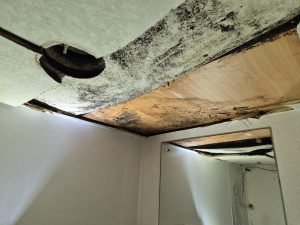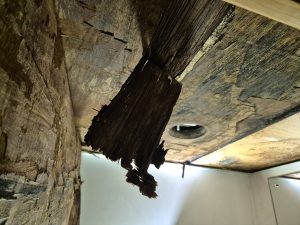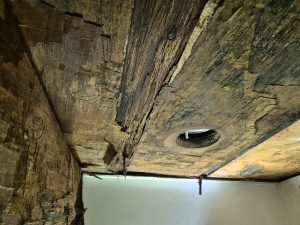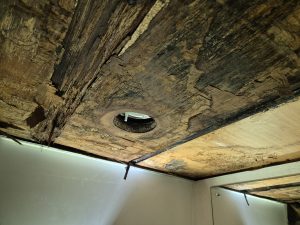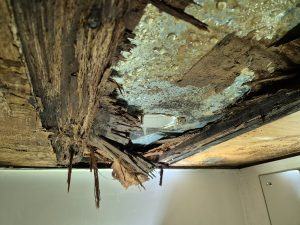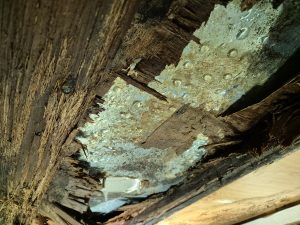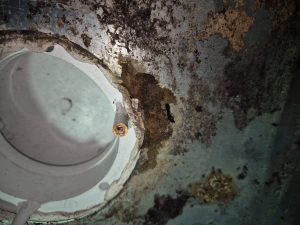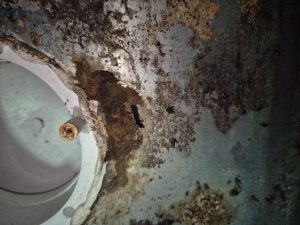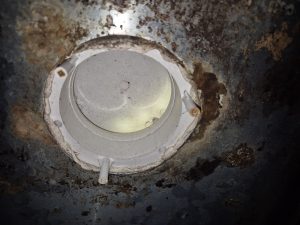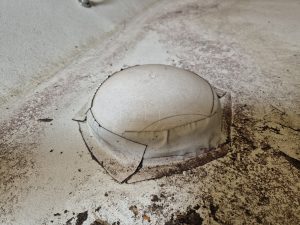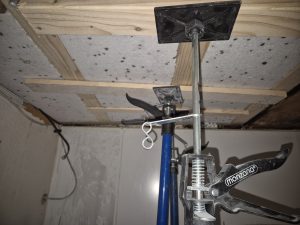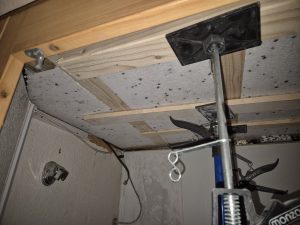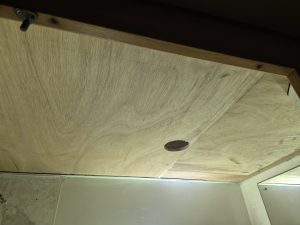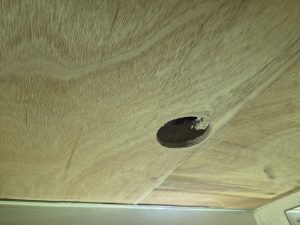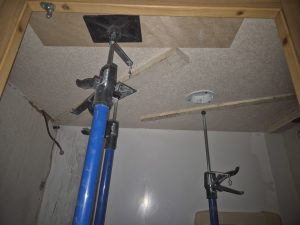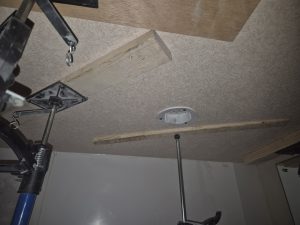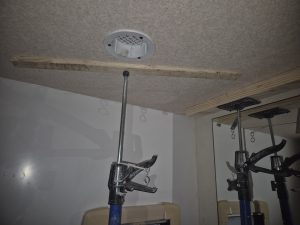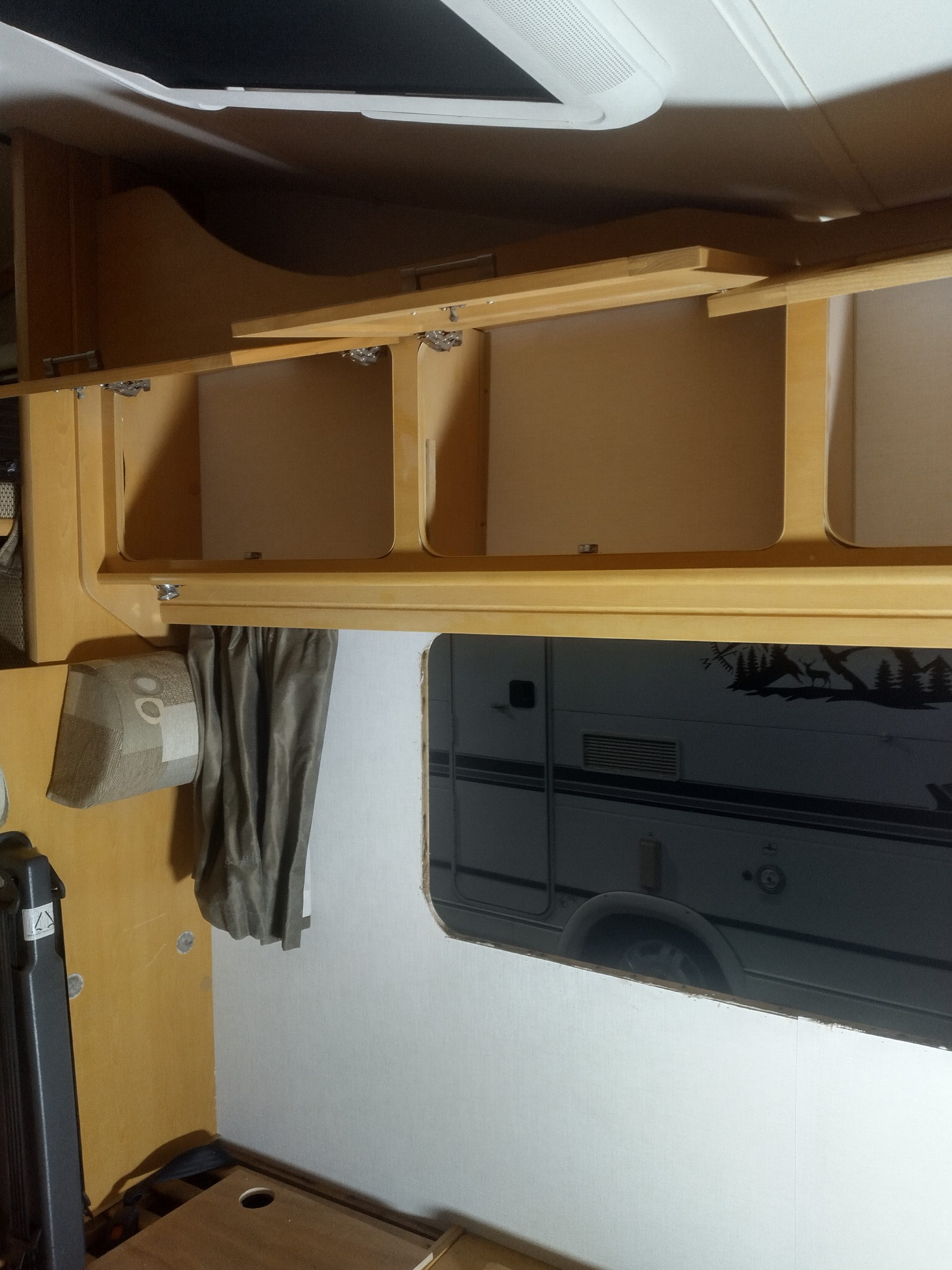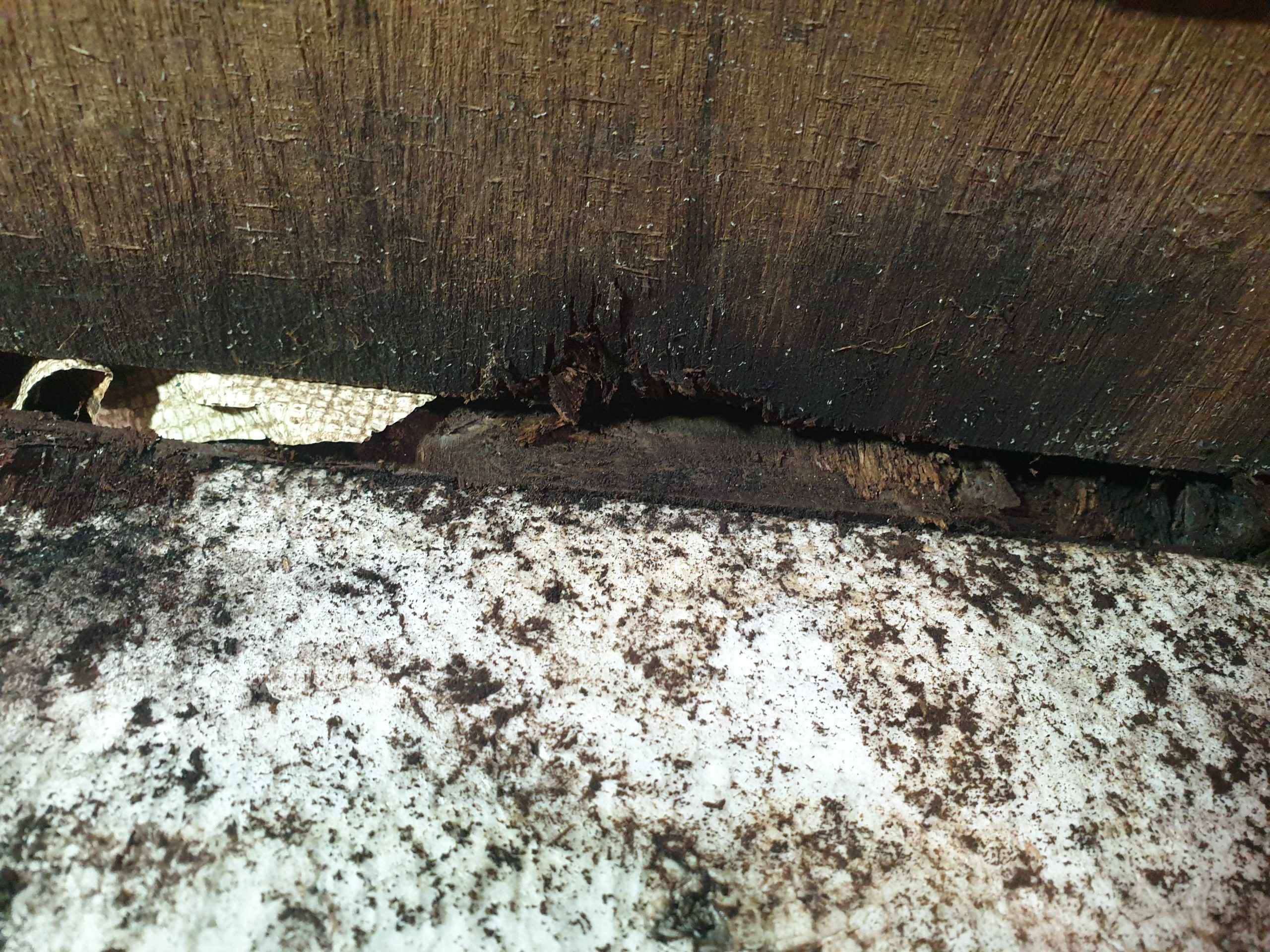How Often Should You Reseal Your Motorhome or Caravan?
How Often Should You Reseal Your Motorhome or Caravan?
Maintaining your motorhome or caravan is crucial for ensuring that your adventures on the road remain comfortable, safe, and trouble-free. One of the most important, yet often overlooked, aspects of RV maintenance is resealing. Proper sealing keeps moisture out, preventing leaks and the costly damage they can cause. But how often should you reseal your motorhome or caravan? Let’s dive into what you need to know!
Why is Resealing Important?
Your motorhome or caravan is constantly exposed to the elements. Over time, the seals around windows, doors, roofs, vents, and other exterior fittings can degrade due to UV exposure, extreme temperatures, and the natural wear and tear of travel. Once these seals break down, water can seep in, leading to:
- Water damage: This can cause rot in the walls, floors, and roof.
- Mold growth: Moisture inside can create an ideal environment for mold, which poses health risks and can be difficult to remove.
- Rust and corrosion: Metal parts can begin to rust if exposed to moisture, weakening structural integrity.
- Loss of insulation: Leaks can also impact the thermal efficiency of your caravan, making it harder to keep warm in winter or cool in summer.
How Often Should You Reseal Your Motorhome or Caravan?
1. Annual Inspection
While you might not need to reseal every year, it’s essential to carry out a thorough inspection annually. Look at all the seals around your motorhome or caravan, including:
- Windows and doors: Check for any cracks or gaps in the seals.
- Roof joints and vents: These are prone to wear due to sun exposure and rain.
- Edges and corners: Pay special attention to seams and joints, as these areas are most vulnerable to leaks.
During your inspection, if you notice any signs of wear or damage, it’s time to reseal.
2. Resealing Intervals
The actual frequency of resealing depends on several factors, including the type of sealant used and the conditions your RV is exposed to. Here’s a general guide:
- Every 2-5 Years: (We recommend every three years) As a rule of thumb, you should reseal your motorhome or caravan every 2 to 5 years. Some parts may need attention sooner, while others may last longer.
- Silicone-based sealants: These are commonly used for RVs and last around 2 to 3 years. While silicone is flexible and waterproof, it can break down faster with exposure to UV light.
- Polyurethane sealants: These are more durable and can last up to 5 years, making them a good choice for those in harsher climates or who use their RV frequently.
- Acrylic sealants: These are often used in specific applications but may need more frequent maintenance, as they are less flexible and can crack under stress.
3. When You See Damage
If during your annual inspection you spot cracks, peeling, or gaps in the sealant, don’t wait! Immediate resealing can save you from expensive repairs in the future. It’s far better to reseal a small area than deal with widespread water damage later.
How to Inspect and Reseal Your RV
1. Inspection Steps
- Examine seams and joints: Look for any visible signs of deterioration, such as cracks, gaps, or peeling sealant.
- Test for leaks: After a rain or using a water hose, check inside your RV for any dampness or discoloration.
- Inspect in different conditions: Seals may behave differently in hot versus cold weather, so be sure to check them throughout the year if you live in an area with varying climates.
2. Resealing Process
- Clean the area: Before applying new sealant, ensure the area is clean and free from dirt and debris. Remove old, cracked, or loose sealant using a scraper.
- Choose the right sealant: Make sure to select a sealant that is compatible with the material of your motorhome or caravan. Popular types include silicone, polyurethane, and hybrid sealants that offer flexibility and durability.
- Apply the new sealant: Carefully apply the new sealant in a continuous bead along the seams or joints. Be sure to follow the manufacturer’s instructions regarding drying times and application techniques.
If you’re unsure about resealing your motorhome or caravan yourself, Contact us, we will do it for you.
Signs Your Motorhome or Caravan Needs Resealing
- Cracks or gaps in the sealant around windows, doors, or vents.
- Peeling or flaking sealant that no longer adheres to the surface.
- Dampness or discoloration on the interior walls or ceiling.
- Mold or mildew growth in areas where moisture has entered.
- A musty smell inside the vehicle, indicating water intrusion.
Tips for Maintaining Seals
- Park in the shade: Prolonged exposure to UV rays can cause sealants to deteriorate faster.
- Regularly clean the exterior: Dirt and grime can damage seals over time.
- Use appropriate cleaning products: Avoid harsh chemicals that could degrade sealants.
- Store your RV properly: If you’re storing your motorhome or caravan for a long period, consider using an RV cover to protect it from the elements.
Conclusion
Resealing your motorhome or caravan is an essential part of maintenance that shouldn’t be overlooked. By performing annual inspections and resealing every 2 to 5 years (or sooner if needed), you’ll protect your investment and enjoy years of leak-free travels. Keep an eye on the condition of your seals, and don’t hesitate to take action at the first sign of wear.
Stay on top of your motorhome’s maintenance, and you’ll avoid costly repairs, extend its life, and keep your travels as smooth as possible!
Contact Motorhome Rescue today to schedule your damp repair and maintenance service. Let’s keep your adventures rolling smoothly!
For body repairs and painting, contact Mario Caravans & motorhome Repair and Paintinghttps://caravansrepairs.co.uk
Don’t wait until the last minute, and call today: 07863985169

